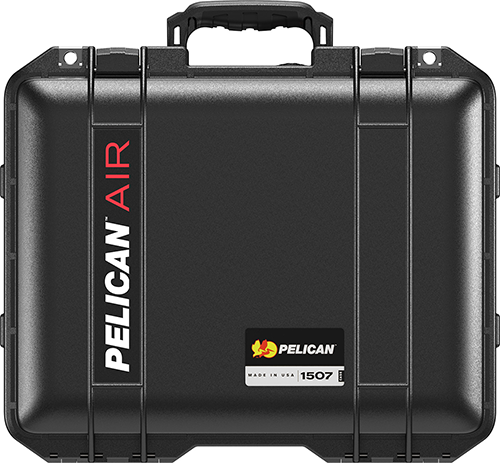7 Tips for Storing Camera Gear
June 11, 2020

The best photographers know that the prize-winning shots are the ones that come from off the beaten path, from the middle of a rainstorm, from the far-off angles that you can’t get to easily. They also know that these places can be disastrous for expensive photography gear. The fact is, cameras are fragile and expensive, and they operate best when they are free of debris, moisture and impact. A solid storage solution — both while out in the field snapping photos and when not in use at home — is crucial for any dedicated photographer. So what are some simple and effective ways to keep your camera safe and sound between uses?
1. Invest in a Designated Camera Case or Backpack
In order to keep all components safe and clean while you’re out on photography expeditions, you need to invest in a designated camera case with special compartments. The soft interior may be protected by a protective, impact-resistant body and will feature fabric to protect your lens from smudges or scratches. Going on more than an afternoon jaunt? A camera backpack provides extra space and every compartment you’ll need for those epic trips. That means being able to safely carry multiple lenses, adaptors and a tripod — all while still having room for snacks and water.
2. Mind the Environment
Consider investing in storage based on where you’re going. For example, if you want to shoot pics at the beach, a hard-sided camera case is a good choice because it will help deter sand from getting into the nooks and crannies of your camera bag and, in turn, your camera and lens. Sand and dirt can be downright detrimental to the performance of your camera, weaseling into its moving parts and damaging the sensor or lens. Hard camera cases are also a good choice for any environment where your gear might get banged around, such as air travel or when being stored in the trunk of your car.

3. Mind the Temperature and Humidity
Be aware of temperature changes, as condensation is a major culprit when it comes to internal camera damage. Be sure to keep your camera in a camera case when you arrive at a new location. This will give your camera time to adjust to the environment. If not, your camera will sweat. Even when you are indoors, it’s wise to keep your camera cased up. Extreme heat and air conditioning can wreak havoc on an unprotected camera. In a cool example of form and function for this purpose, cases like the 1507 Air Case have an automatic purge valve that balances air pressure and keeps water and debris out.
4. Mind Your Step
Slips and trips happen all the time, especially in the remote wilderness. In the event of a fall, a properly padded camera case will prevent irreparable damage to your gear. Padding will greatly help protect your camera and accessories in the case of any regrettably impact-heavy incidents. Our sport camera backpacks also have an impact-secure and waterproof interior to keep your laptop and lenses safe.
5. Mind the Weather
If you are going out in the rain or snow, you’re going to want to protect your camera from these elements. Something to remember: not all lenses are waterproof! A plastic camera sleeve is an easy step towards mitigating water damage, but make sure you bring a towel to dry off the sleeve before removing it. You’ll definitely want a watertight bag to store your camera during your aquatic adventures.
6. Mind Your Belongings
Unfortunately, as many of us know, camera theft is not uncommon. According to Digital Photo Magazine, the most common places for photography gear to get stolen are in the car, at home and on public transport. Keep an eye on your camera bag and try not to wander too far from it. If possible, try to buy a case with a lock. Even the sight of a lock may be enough to deter a determined robber.
7. Clean Your Camera Before Storing It
This one seems obvious, but it deserves some extra emphasis. Not only does cleaning the camera keep it operating at 100 percent, but it also keeps the camera case tidy so it doesn’t harbor any potentially damaging dirt or debris. If you put wet and dirty equipment back into its case, you will have defeated one of the purposes of having a tidy safe haven for your camera.

Protecting Your Investment
Good-quality camera gear is expensive, and the last thing you’d want to do is put it in harm’s way. To keep your camera, lenses and accessories in great shape, be sure to follow these important camera storage tips as much as you can.

SIGN UP FOR EXCLUSIVE OFFERS
Sign up for our newsletter and get exclusive access to new product launches, special offers and much more.
RELATED BLOGS
















